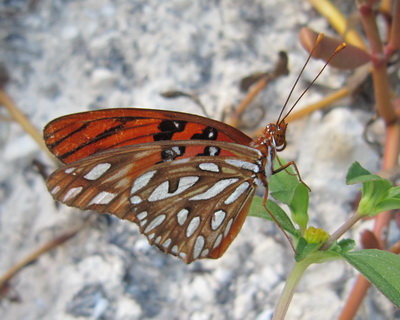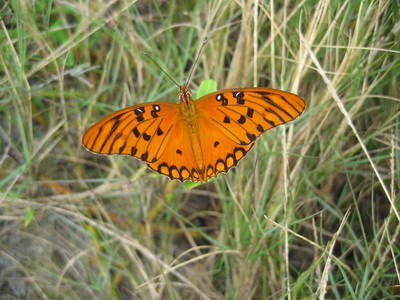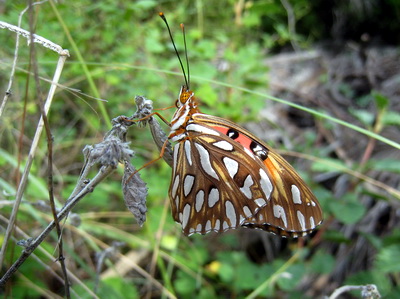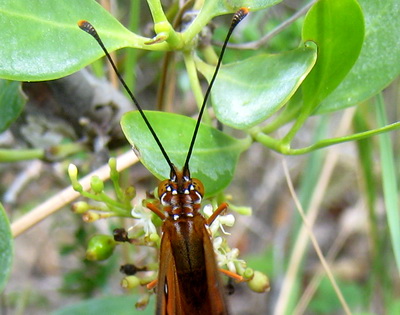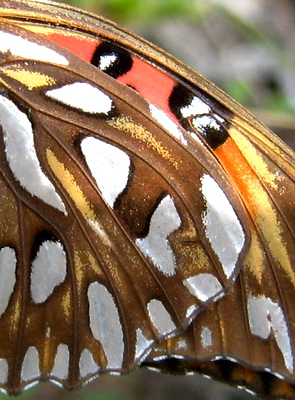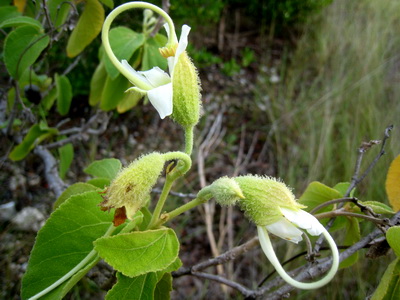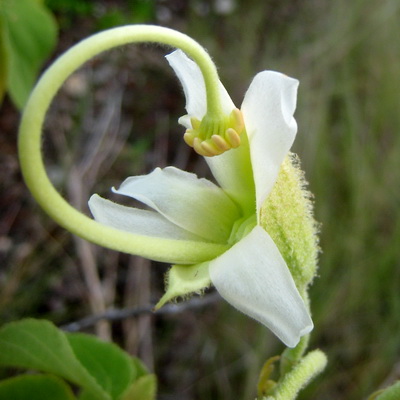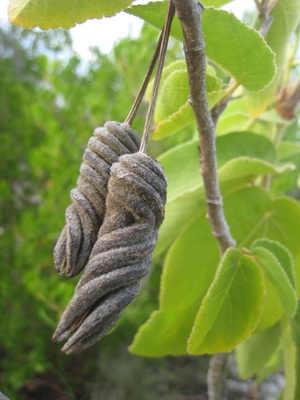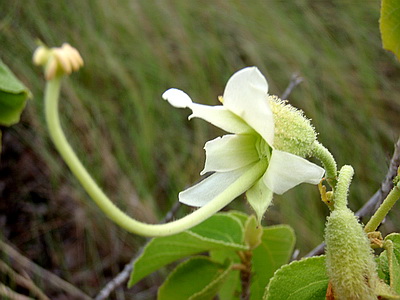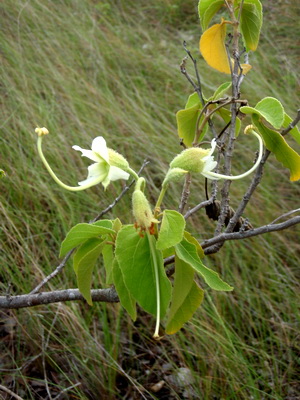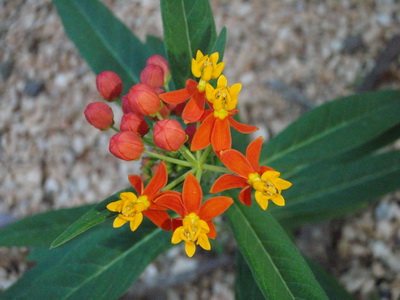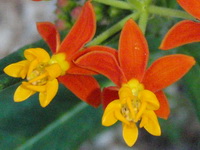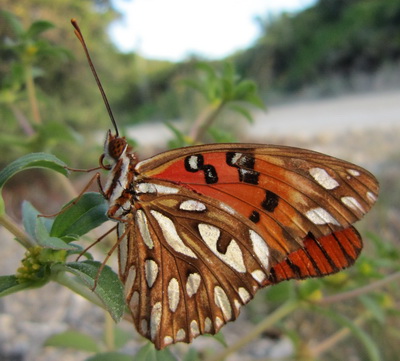
The colourful wings of the Gulf Fritillary........wings are a brilliant orange and the undersides have large silvery spots.
I was wandering along the road side by Harbour Club Villas and spotted this pretty Gulf Fritillary Butterfly also called a Passion butterfly. It wasn’t the least bit concerned that I was there and seemed almost to pose for the camera. I had never before noticed that butterflies have a coiled proboscis by which they sip liquid food. This tube-like proboscis is a long, flexible “tongue.” It uncoils to sip food, and coils up again into a spiral when not in use. Gulf Fritillaries’ favourite nectar is provided by the passion flowers and the vine’s leaves are the caterpillar’s preferred food.
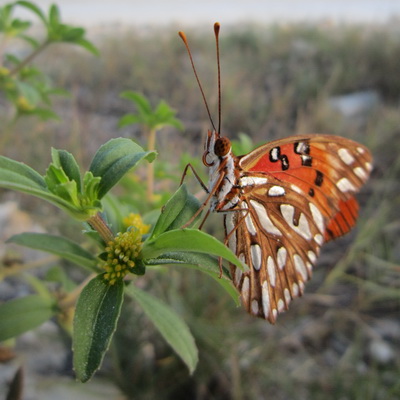
This magnificent butterfly stayed still for quite a long time and I was able to get up very close without it flying away.
The Turks and Caicos Islands have some 35 species of butterfly.
Marta


